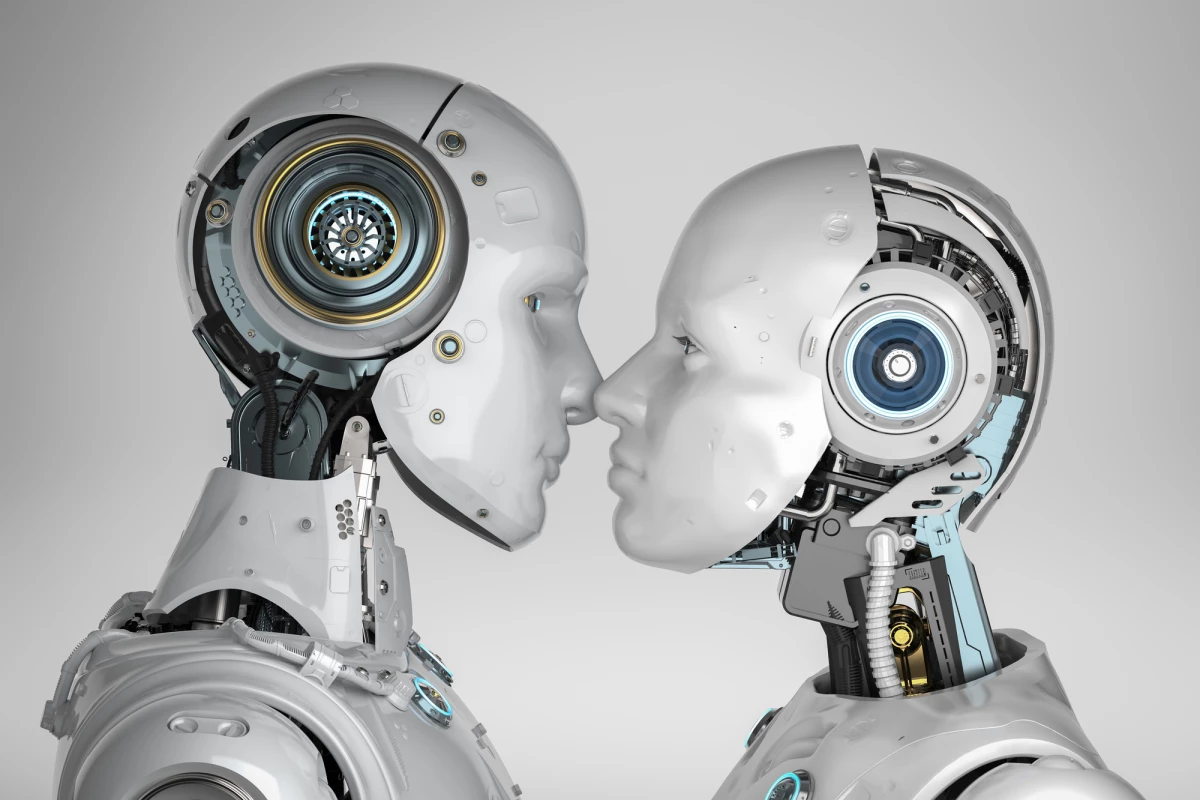A new computer-trained scent model has done better than humans at identifying odors. In analyzing 500,000 potential odor molecules that had never before been synthesized, it also handily did work that would take 70 person-years to complete.
While machines have gotten better and better at mimicking humans' sense of sight and taste, they've lagged a bit in terms of developing a sense of smell. Sure, there have been electronic noses that can sniff out cancer in blood cells and assess the air around wastewater treatment plants, for instance, but a true computer-powered sense of smell has been elusive. Perhaps that's because our noses have 400 olfactory receptors, which is leaps and bounds more than the four receptors we use for vision and the approximately 40 we use for taste.
Seeking to even the computerized-sensory-input score, researchers at the University of Pennsylvania's Monell Chemical Senses Center, along with colleagues from Osmo (a spin-out of Google DeepMind), led a study that created a neural-network-based system which could analyze an odor molecule and describe – in human language – what that molecule should smell like. The AI system led to the development of what the researchers have termed a Principal Odor Map (POM).
"In olfaction research […] the question of what physical properties make an airborne molecule smell the way it does to the brain has remained an enigma," said senior research co-author Joel Mainland, from Monell. "But if a computer can discern the relationship between how molecules are shaped and how we ultimately perceive their odors, scientists could use that knowledge to advance the understanding of how our brains and noses work together."
Such knowledge could help researchers develop better mosquito repellents or deodorizing products, among other possible applications.
To train the system, the research team fed it the molecular structure of 5,000 odorants as well as a series of descriptions that describe odors such as "minty" or "musty." The team also brought in 15 panelists who sniffed out 400 odors and were given 55 words they could use to describe each smell.
In tests, the AI system did slightly better than the panelists. But there was an even more impressive result.
"The most surprising result, however, is that the model succeeded at olfactory tasks it was not trained to do," said Mainland. "The eye-opener was that we never trained it to learn odor strength, but it could nonetheless make accurate predictions."
Next, the researchers used the system to map 500,000 odor molecules that have never actually been synthesized – a task, says the team, that would take a human 70 years of sniffing to complete.
"Progress in neuroscience is often measured by the creation and discovery of new maps of the world supported by neural circuitry," write the researchers. "Each is only possible because scientists first possessed a map of the external world and then measured how responses in the brain varied with stimulus position on the map. This study proposes and validates a data-driven map of human olfaction. We hope this map will be useful to researchers in chemistry, olfactory neuroscience, and psychophysics […] as a new tool for investigating the nature of olfactory sensation."
The research has been published in the journal, Science.
Source: Monell Chemical Senses Center via EurekAlert





